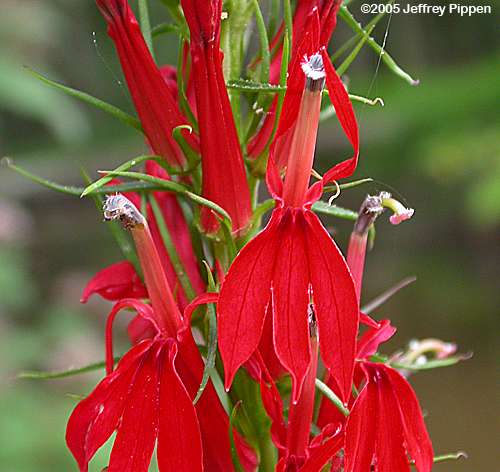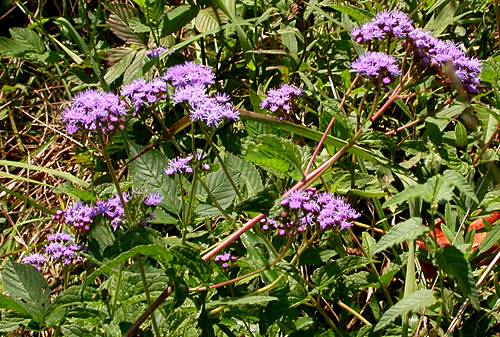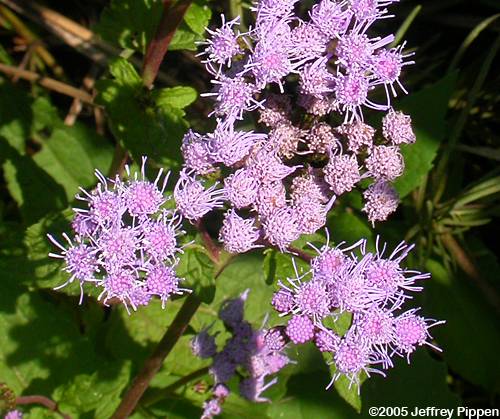
Shocco Creek Gamelands
Franklin Co., NC
18 April 2004

Clay Co., NC
13 May 2006

Pender Co., NC
24 April 2004

(Formerly called Carduum spinosissimus)
Pender Co., NC
24 April 2004

Alamance Co., NC 6 June 2004

Chatham Co., NC 26 Sep 2004
This is a common and widespread fall-blooming species in fields, marsh edges, powerlines and along roadsides in NC.

Graham Co., NC 1 May 2004

Durham Co., NC 2 July 2005


Although this cluster is planted in my yard, it does grow wild and native in NC.

This is a great nectar source, attracting many species of butterflies in the summertime.

same as above

same as above

This short herb is along the edges of roads & trails, and it often attracts butterflies.

same as above

Orange Co., NC 7/20/2005
Although not native to the U.S. and considered by several states to be a Noxious Weed, Bull Thistle is a great butterfly nectar source, as this Clouded Skipper can attest to!

same as above








